Last updated on
Discover the smallest size kitchen sink available to maximize efficiency in compact spaces while still meeting your daily needs.
When it comes to kitchen sinks, size matters. The right size sink can make meal prep and dishwashing a breeze, while the wrong size can cause frustration and even damage to your countertop.
But what if you have limited space in your kitchen? What is the smallest size kitchen sink available? In this article, we’ll explore the answer to that question and provide some tips on how to choose the best small sink for your needs. So whether you’re living in a tiny apartment or just looking to maximize counter space, keep reading for everything you need to know about small kitchen sinks.
What's Inside
Smallest Size Kitchen Sink

These compact sinks are perfect for small kitchens or bar areas where counter space is limited. While they may not be suitable for large families or those who frequently cook and entertain, they can still provide ample room for washing dishes and preparing food.
It’s important to note that the smallest size sink may not always be the best option depending on your needs. If you have a larger family or do a lot of cooking at home, you may want to consider a slightly larger sink that can accommodate bigger pots and pans.
When choosing the right small kitchen sink size, it’s essential to measure your countertop carefully before making any purchases. You’ll also need to consider how much space you have underneath your cabinets as some sinks require additional clearance.
How Are Sink Sizes Measured?
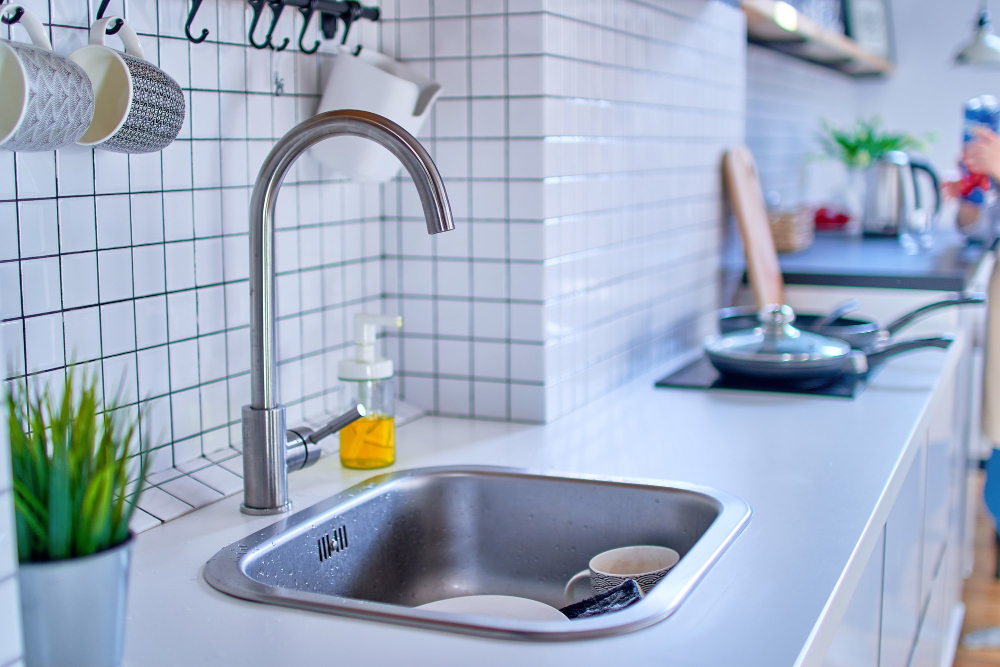
The first is the overall width of the sink, which is typically measured from one edge of the basin to the other. This measurement will determine how much counter space you’ll need for your sink and can help you choose between different types of sinks.
Another important factor in measuring sink size is depth. Sink depth can vary widely depending on the type and style of sink you choose, so it’s important to think about what tasks you’ll be using your kitchen sink for before making a decision.
Some sinks may also have additional features that affect their overall size and functionality. For example, some small kitchen sinks may include built-in cutting boards or drying racks that add extra surface area but also increase their footprint on your countertop.
Common Kitchen Sink Sizes
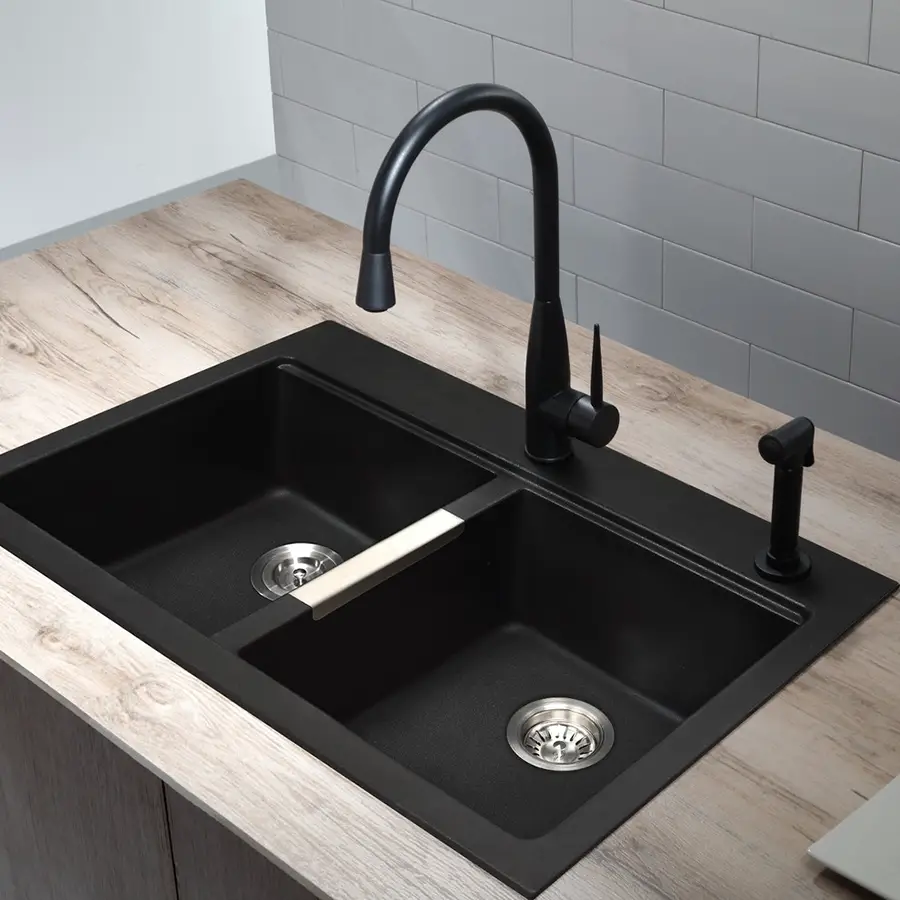
The standard size for a double-bowl sink is around 33 inches long and 22 inches wide, while single-bowl sinks can range from 25 to 30 inches long and about the same width. However, these sizes may not be suitable for smaller kitchens or those with limited counter space.
If you’re looking for something smaller than the standard size but still want a double bowl sink, consider one that measures around 28-30 inches in length and about the same width as its larger counterpart. Single bowl sinks can also come in compact sizes of around 15-20 inches long by approximately the same width.
It’s important to keep in mind that while small kitchen sinks may save on counter space, they could limit your ability to wash large pots or pans comfortably.
Best Sink Sizes for Small Kitchens
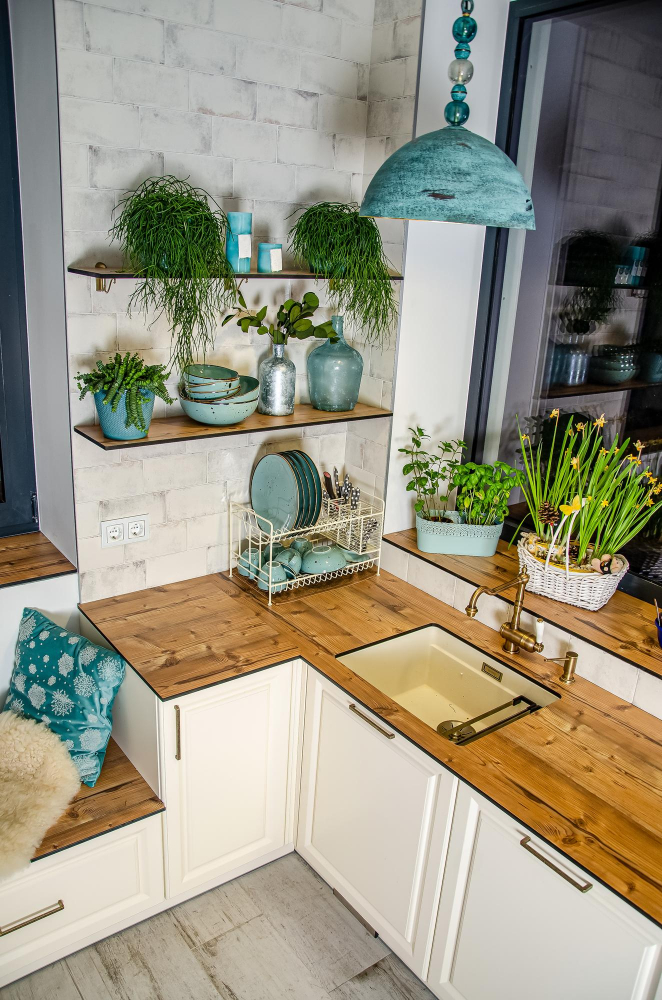
First and foremost, you’ll want to think about how much counter space you have available. If your counters are limited, a smaller sink may be the way to go so that you can maximize prep area.
Another consideration is how often you cook and entertain in your kitchen. If cooking is a daily activity for you or if you frequently host dinner parties, then opting for a slightly larger sink may be worth sacrificing some counter space.
In general, sinks that measure between 22-24 inches wide by 16-20 inches front-to-back tend to work well in small kitchens without feeling too cramped or overwhelming the countertop area. However, keep in mind that these measurements can vary depending on other factors such as cabinet size and faucet placement.
Materials for Small Sinks
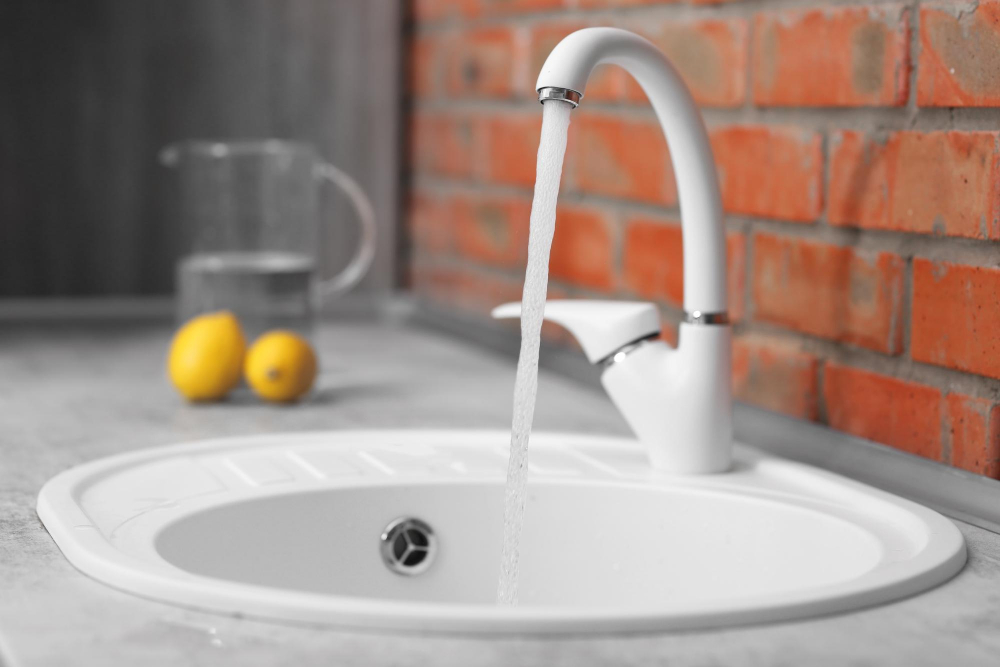
The most common materials used in sink construction include stainless steel, porcelain, cast iron, and composite materials.
Stainless steel is a popular choice due to its durability and affordability. It’s also easy to clean and maintain.
Porcelain sinks offer a classic look that can complement any kitchen style but may be prone to chipping or cracking if not handled with care.
Cast iron sinks are known for their strength and longevity but can be heavy and require extra support during installation. Composite materials like quartz or granite offer the benefits of natural stone without the high cost or maintenance requirements.
Types of Small Kitchen Sinks
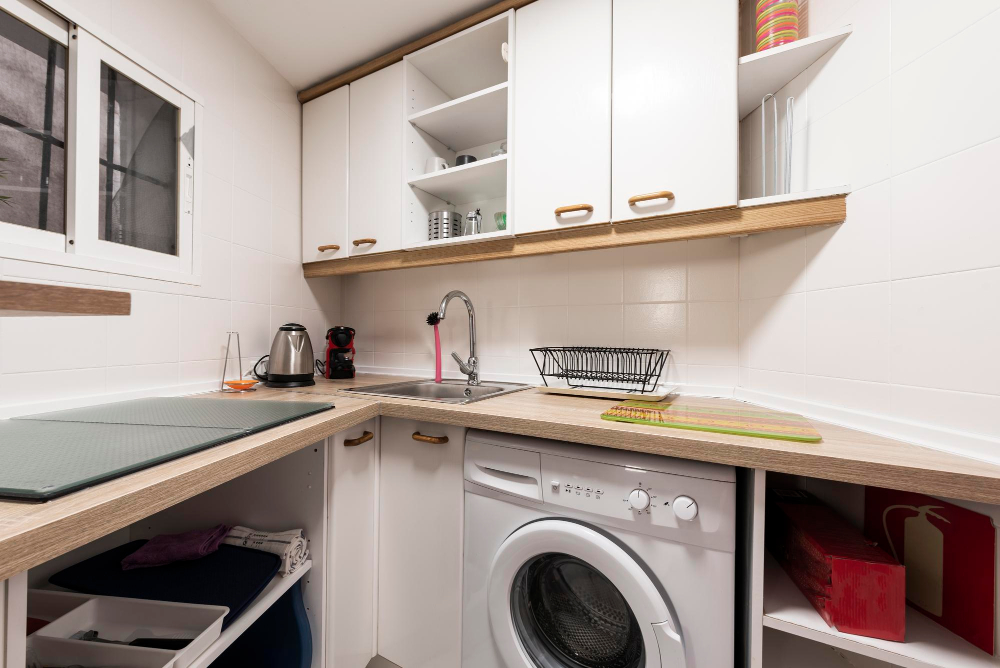
One popular option is the single bowl sink, which is a great choice for those who need a compact sink that can still accommodate larger pots and pans. Another type of small kitchen sink is the double bowl sink, which provides more versatility in terms of washing and rinsing dishes.
For those with limited counter space, a corner sink may be the best option as it maximizes available space while still providing ample room for cleaning up after meals. Wall-mounted sinks are also an excellent choice for tiny kitchens or even outdoor spaces like patios or balconies.
Round sinks offer another unique solution for smaller kitchens as they take up less counter space than traditional rectangular models while still providing enough room to wash dishes comfortably.
Bar and prep sinks are perfect if you have limited countertop real estate but want an additional area dedicated solely to food preparation or beverage service. These smaller-sized options come in various shapes such as round or square designs that fit seamlessly into your existing layout without taking up too much valuable workspace.
Small Kitchen Sink Options

One popular choice is the single-bowl sink, which offers ample space for washing dishes and preparing food while taking up minimal counter space. Another option is the double-bowl sink, which can be useful if you need separate areas for soaking and rinsing dishes or if you frequently cook with multiple pots and pans.
If you’re really tight on space, consider a corner sink that fits snugly into an unused corner of your countertop. Wall-mounted sinks are another great option for small kitchens as they free up valuable counter real estate while still providing enough room to wash dishes.
Round sinks can also be a good choice in compact spaces since their curved shape allows them to fit more easily into tight corners or odd-shaped countertops. And don’t forget about bar/prep sinks – these smaller-sized models work well in tiny kitchens where every inch counts.
Ultimately, the best small kitchen sink will depend on your specific needs and preferences as well as the layout of your kitchen.
Top-mount Vs Undermount Sinks
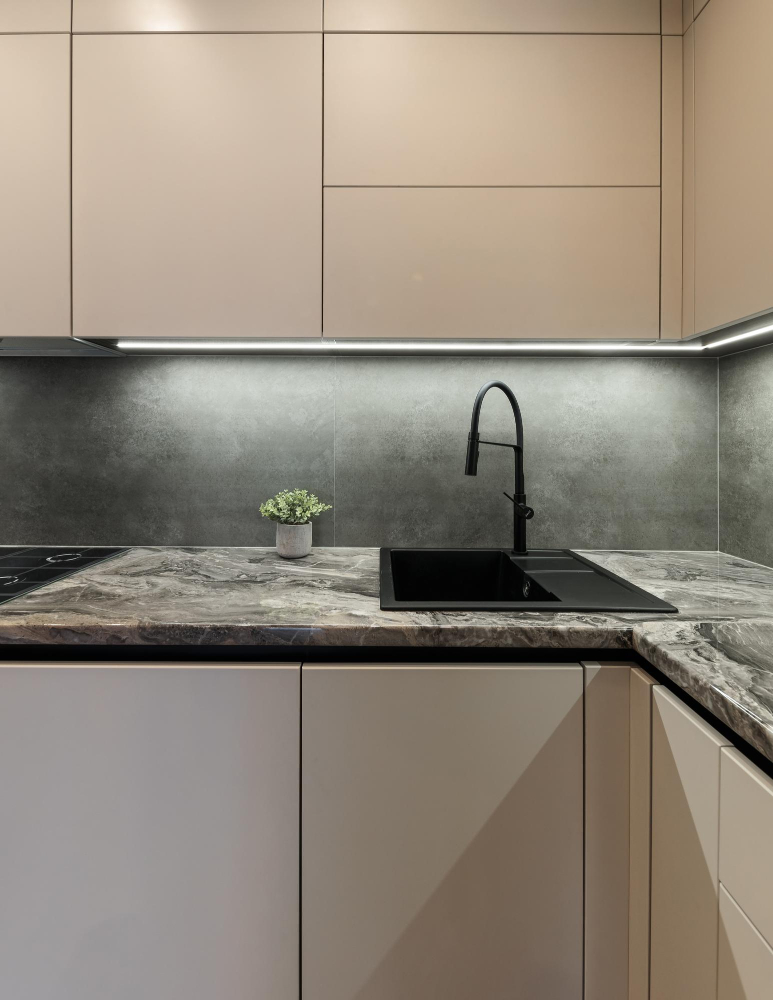
Top-mount sinks are installed by dropping them into a hole cut in the countertop, with their edges resting on top of the counter. Undermount sinks, on the other hand, are mounted underneath the countertop for a seamless look.
While both types have their pros and cons, there are some factors that may make one type more suitable than another for your small kitchen. For example:
- Top-mount sinks tend to be easier and cheaper to install since they don’t require any special mounting hardware.
- However, they can take up valuable counter space around their edges and may not provide as clean of a look as an undermount sink.
- Undermount sinks offer more usable counter space since there’s no lip around them but can be harder (and pricier) to install due to needing additional support from below.
Corner Sinks for Small Kitchens

Corner sinks are designed to fit snugly into the corner of your countertop, freeing up valuable workspace on either side. They come in a variety of sizes and styles, so you can find one that fits both your needs and aesthetic preferences.
One thing to keep in mind when considering a corner sink is that they may require custom cabinetry or countertops. Because they don’t fit into standard measurements like other sinks do, it’s important to measure carefully and consult with a professional before making any purchases.
Another benefit of choosing a corner sink is that it can create an efficient work triangle between the sink, stove, and refrigerator – three key components of any kitchen layout. By placing the sink at an angle rather than directly against one wall or another, you’ll have more flexibility when moving around your kitchen.
Bar and Prep Sinks

These sinks are typically smaller than standard kitchen sinks, making them perfect for tight spaces. They can be installed in a variety of locations, including on the countertop or in the island.
One advantage of bar and prep sinks is their versatility. They can be used as a secondary sink to wash vegetables or rinse dishes while the main sink is being used for other tasks.
They’re ideal when you have guests over and want to keep your main kitchen area clean while still having access to water.
When choosing a bar or prep sink, consider its size relative to your needs – it should be large enough to accommodate what you’ll use it most frequently but not so big that it takes up too much counter space. You’ll also want to think about materials; stainless steel is popular because it’s durable and easy-to-clean but there are many other options available such as copper which adds warmth and character.
Wall-Mounted Sinks
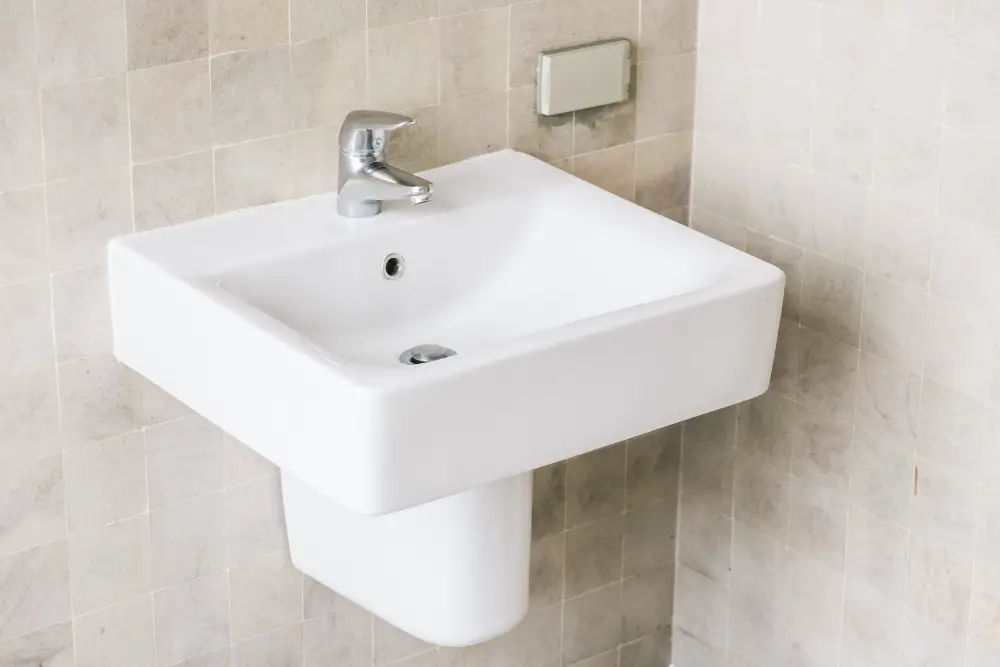
These sinks attach directly to the wall, freeing up valuable countertop real estate and creating a more open feel in your kitchen. Wall-mounted sinks come in a variety of sizes and styles, from sleek modern designs to vintage-inspired models.
One advantage of wall-mounted sinks is that they can be installed at any height you choose, making them ideal for wheelchair users or those with mobility issues. They also make it easier to clean under the sink since there’s no cabinet or vanity blocking access.
However, one downside of wall-mounted sinks is that they don’t offer much storage space underneath. If you need extra storage in your small kitchen, consider pairing your sink with some floating shelves or cabinets mounted above it.
When choosing a wall-mounted sink for your small kitchen, look for models made from durable materials like porcelain or stainless steel that will stand up well over time. You’ll also want to consider the size and shape of the sink basin – round bowls may take up less room than rectangular ones but could be less practical when washing larger items like pots and pans.
Round Sinks
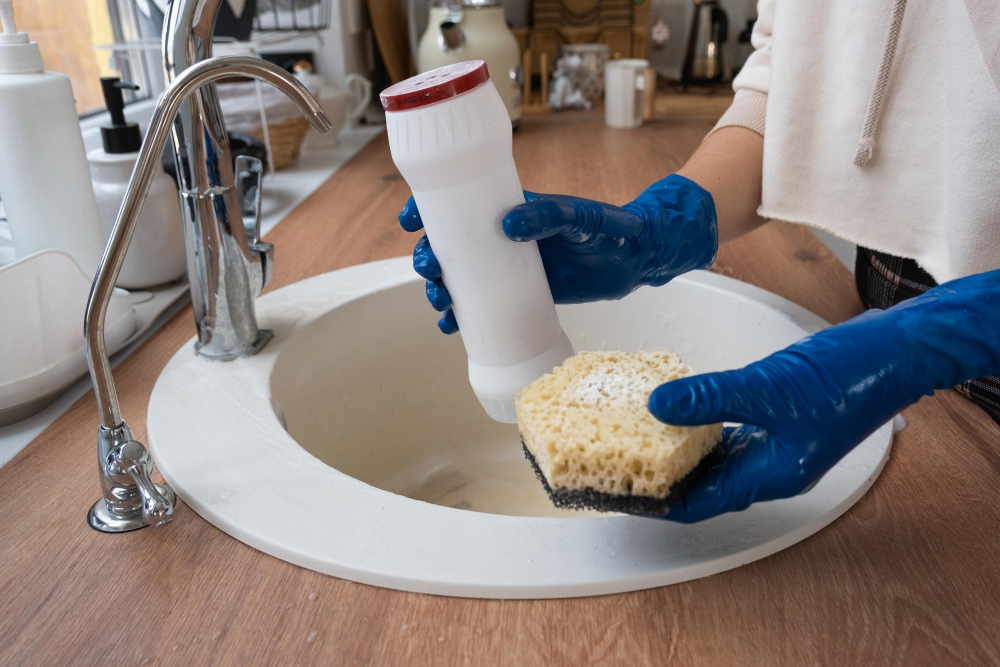
They also add a unique design element to your kitchen, giving it a modern and stylish look. Round sinks come in various sizes, so you can choose the one that best fits your needs.
One of the benefits of round sinks is their versatility. They can be installed as top-mount or undermount depending on your preference and countertop material.
Top-mount installation is easier and more affordable but takes up more counter space while undermount installation creates a seamless look with the countertop but requires professional installation.
Another advantage of round sink designs is that they often have fewer corners than other sink shapes which makes them easier to clean since there are no tight angles where dirt can accumulate.
When choosing a round sink for your small kitchen, consider its size carefully based on how much cooking you do at home and how many people live in the house. A larger family may require bigger bowls whereas singles or couples might prefer smaller ones.
Kitchenette Sinks
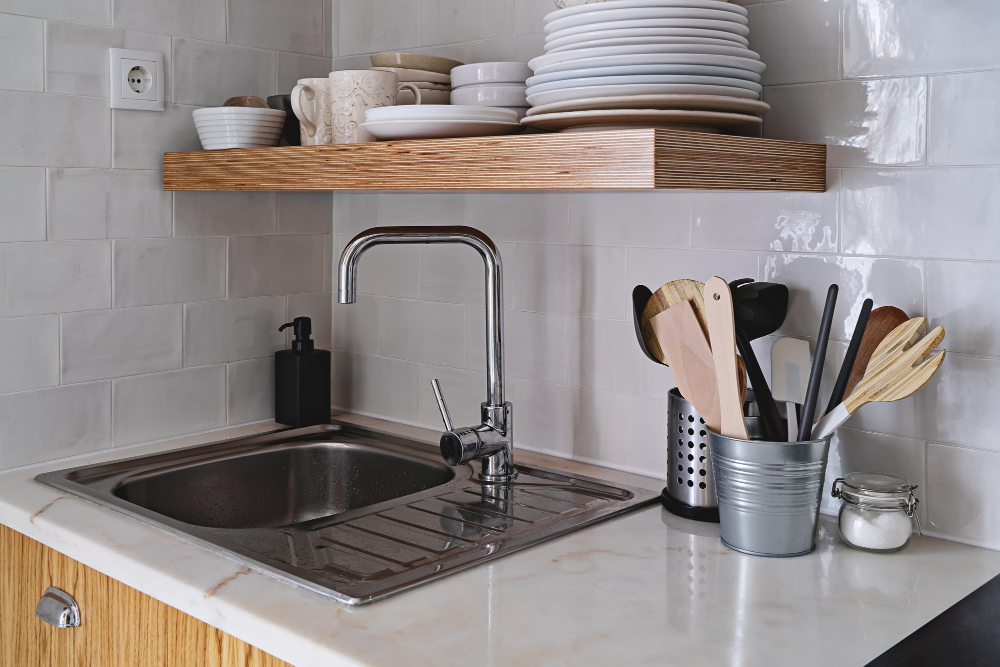
These small sinks are typically designed to fit into tight spaces, such as a kitchenette or bar area. They come in various sizes and styles, making them perfect for any type of home decor.
One of the benefits of choosing a kitchenette sink is that it can be installed almost anywhere. Whether you want to add one to your basement bar or create an additional prep area in your main kitchen, these compact sinks can be easily integrated into any space.
Another advantage is that they often come with built-in features like cutting boards and drying racks which help maximize counter space while still providing functionality.
When selecting a Kitchenette sink, consider the size and shape carefully so that it fits perfectly within your available countertop real estate without compromising on its utility value. Look out for materials like stainless steel which offer durability while being easy to clean up after use.
Sink Faucets for Small Spaces

First and foremost, you’ll want to make sure that the faucet fits the size of your sink. A large, bulky faucet can overwhelm a small sink and take up valuable counter space.
One option for small sinks is a single-handle or “monobloc” faucet. These faucets have one handle that controls both hot and cold water flow, making them more compact than traditional two-handle faucets.
Another option is a wall-mounted or “pot filler” faucet. These types of faucets are mounted on the wall above the sink rather than on the countertop itself, which can save valuable counter space in tight quarters.
Consider opting for an adjustable-height or pull-out spray head feature if you’re working with limited vertical clearance around your kitchen sink area.
Installation Tips for Small Sinks
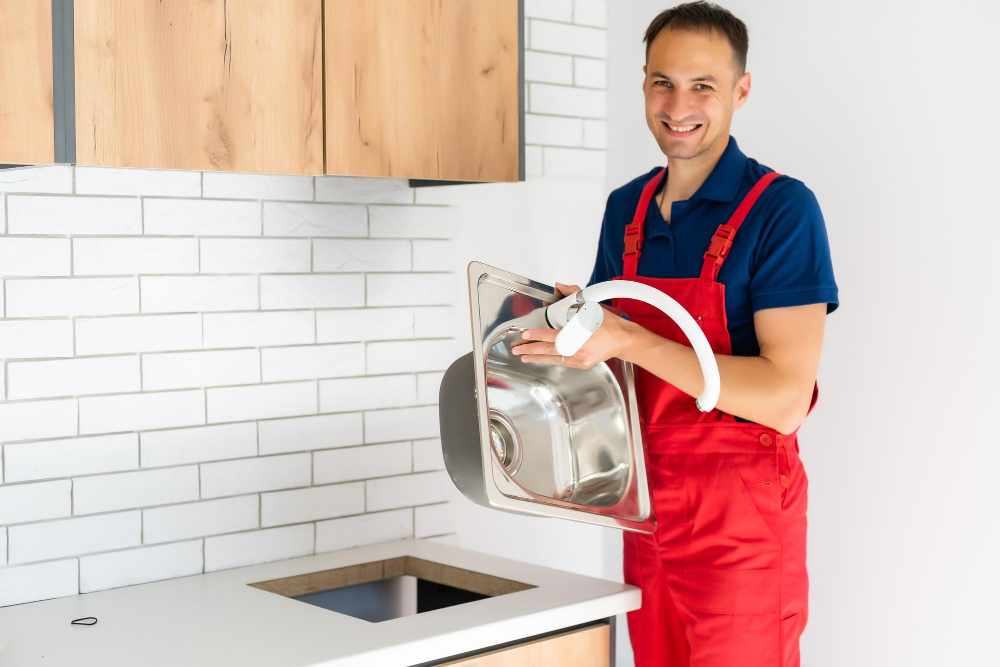
First and foremost, make sure you have enough space for the sink itself as well as any additional fixtures such as faucets or soap dispensers. Measure your countertop carefully before purchasing your sink to ensure that it will fit properly.
Once you have your new sink in hand, follow the manufacturer’s instructions carefully when installing it. If you’re not comfortable with plumbing work, consider hiring a professional plumber to do the job for you.
Another important consideration is choosing between top-mount and undermount sinks. Top-mount sinks sit on top of the countertop while undermount sinks are mounted underneath.
Undermount sinks can be more difficult to install but offer a sleeker look and easier cleanup since there’s no lip around the edge of the sink where dirt can accumulate.
Maximizing Sink Storage
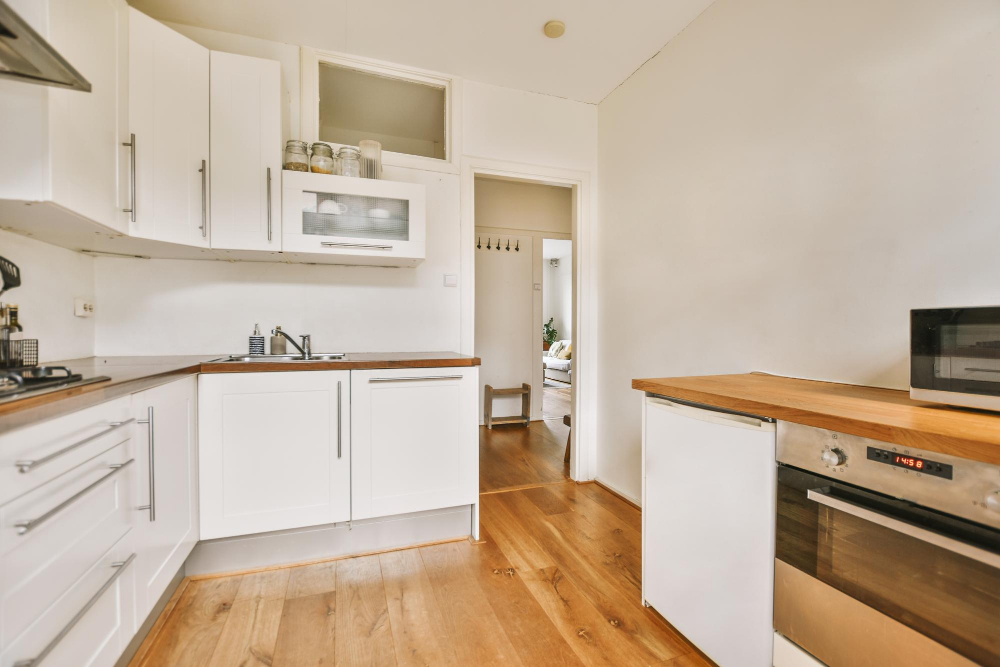
That’s why maximizing sink storage is essential for keeping your kitchen organized and clutter-free. One way to do this is by choosing a sink with built-in accessories like cutting boards, colanders, and drying racks that fit over the basin.
Another option is to install an under-sink organizer or pull-out shelf system that makes use of the often-wasted space beneath the sink. These organizers can hold cleaning supplies, dish soap, sponges and even garbage bags.
If you have limited cabinet space around your sink area consider installing floating shelves above or beside it for additional storage options. You can also hang hooks on these shelves or on nearby walls for hanging utensils such as spatulas and ladles.
Cleaning and Maintenance

Fortunately, most small sinks are relatively easy to clean due to their compact size. Here are some tips for keeping your sink in top condition:
1. Use a gentle cleaner: Avoid using harsh chemicals or abrasive cleaners that can scratch the surface of your sink.
2. Rinse regularly: After each use, rinse out any food particles or debris from the sink to prevent buildup.
3. Scrub with a soft brush: For tougher stains, use a soft-bristled brush with mild soap and water.
4. Don’t let water sit in the sink: Standing water can cause discoloration over time, so be sure to wipe down your sink after each use.
5. Consider investing in a protective grid or mat: These accessories can help protect against scratches and dings caused by pots and pans.
Innovations in Small Sink Design
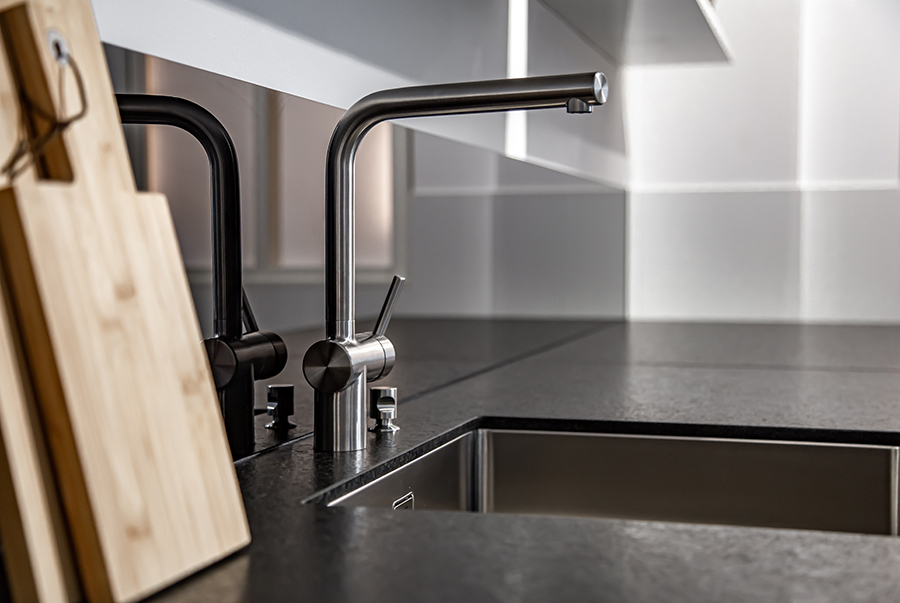
One such design is the corner sink, which fits snugly into a corner and frees up valuable counter space. Another option is the bar or prep sink, which is smaller than a standard kitchen sink but still provides enough room for washing dishes or preparing food.
Wall-mounted sinks are also gaining popularity in small kitchens as they take up minimal floor space and can be installed at any height to accommodate users of different heights. Round sinks offer an alternative shape that can fit better into tight spaces while providing ample basin depth.
Kitchenette sinks have become increasingly popular among those who live in tiny homes or apartments where every inch counts. These compact units combine a sink with other features like storage cabinets and cooktops to create an all-in-one solution for cooking and cleaning.
Advancements in technology have led to new materials being used for small kitchen sinks such as composite granite blends that provide durability while maintaining affordability compared to traditional materials like stainless steel.
FAQ
How small can a kitchen sink be?
The smallest a kitchen sink can be is 9 inches wide, as smaller secondary sinks can be this narrow.
What is the smallest size of sink?
The smallest size of sink is 16 inches, typically found in rectangular undermount bathroom sinks for optimizing small spaces.
Is a 21 inch kitchen sink too small?
Yes, a 21-inch kitchen sink is slightly too small, as the ideal size for small kitchens is between 22 and 24 inches.
What sizes do kitchen sinks come in?
Kitchen sinks commonly come in sizes ranging from 24″ to 36″ in length, with 30″ and 33″ being the most frequent sizes, and sinks up to 30″ typically containing one large single bowl.
Are there specific types of sinks designed for compact kitchens?
Yes, compact kitchens often feature smaller sinks, such as bar/prep sinks, wall-mounted sinks, or corner sinks, to optimize space usage.
Do smaller sinks require specialized faucets or plumbing adjustments?
Smaller sinks may require specialized faucets designed to fit their dimensions, but no major plumbing adjustments are necessary.
Can you recommend any brands that offer high-quality small kitchen sinks?
Kraus, Blanco, and Ruvati are some brands that offer high-quality small kitchen sinks.




